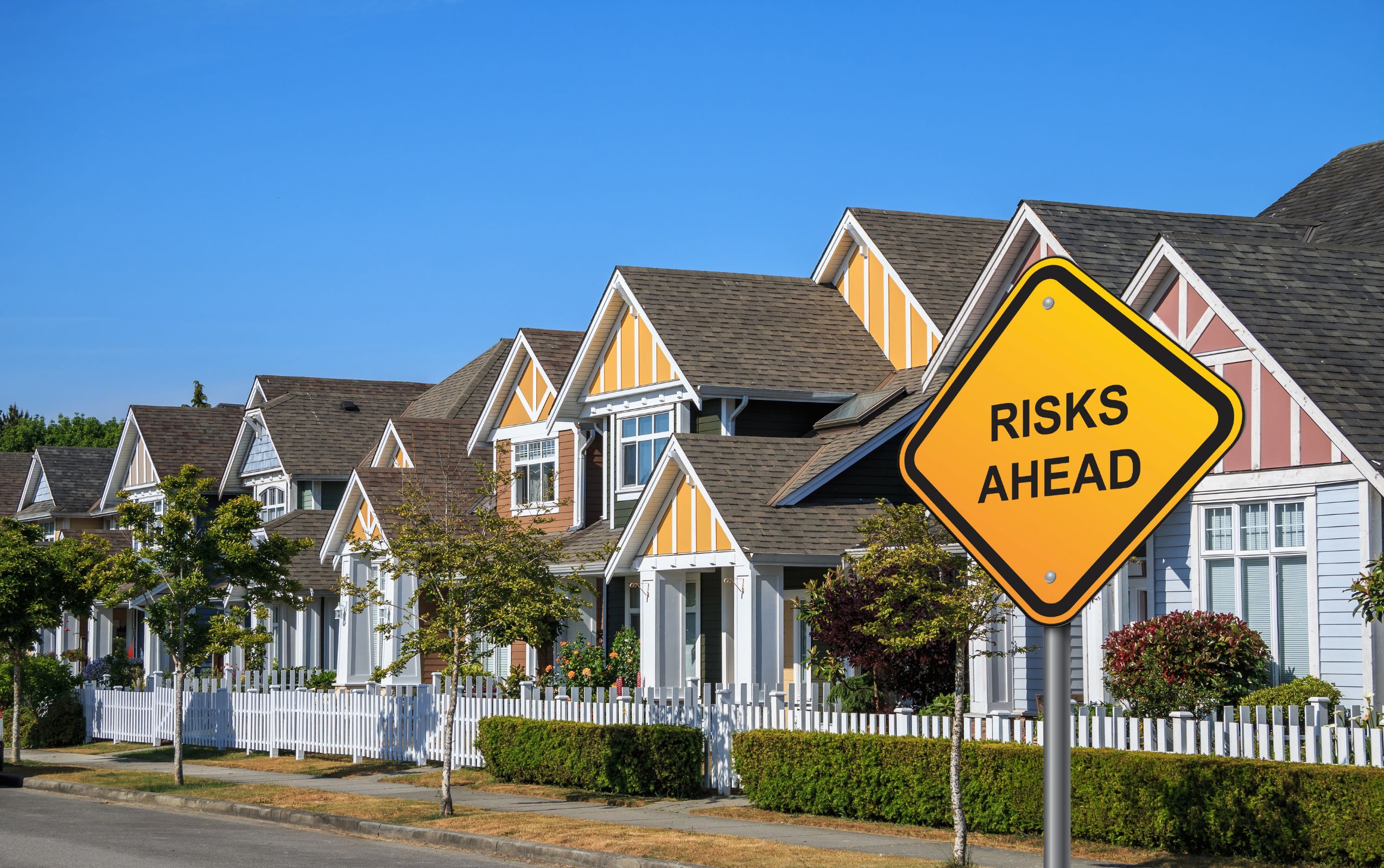Many Assume That the Opening of the Shops, Etc., Will Lead to Several Months of Upward Pressure on Local Prices
However, others have asked about the increasing number of open house signs around town and the larger inventory of homes that seem to be available for sale.
Those types of questions are typically found during periods when the market is undergoing a transition from “seller market” toward “buyer market”. Having sold homes here through the last 3 major cycles, I have noticed several indicators to watch for that reflect such a shift has most likely begun in the last few months.
From a seller’s perspective, I am somewhat hopeful that these observations are short-lived, and perhaps this time the cycle will result in more of a “soft-landing” than a significant adjustment downward in home values.
From a buyer’s perspective, the larger number of homes available translates into less pressure, a wider selection of alternatives, and during a period when the cost of money is still closer to historic low levels although slightly higher than in previous months.
Take a Look at Inventory
Perhaps the most significant indicator of a market beginning to enter into an adjustment phase is the supply of inventory of homes available for sale, both in absolute number as well as relative to the demand or rate of sales per month. The active inventory in the Palisades is now 38% higher than it was at this time last year! It has been a long time since buyers had more than 100 homes on the market here, and it is up to 105 as of mid-October. Correspondingly, the number of sales so far this year is 19% lower than it was at this time last year.
Average Number of Homes Sold Per Month
Another way of looking at this relationship is to calculate the average number of homes being sold each month, and comparing it with the level of inventory of homes available for sale. Last year at this time the sales rate was 23 per month. So far this year it has gone down to 18 per month. Likewise, these numbers can be used to figure the number of months of inventory at the current rate of sales. A housing market is generally considered to be in balance between buyers and sellers when that level is about 5-6 months supply.
We have been in a classic “seller market” since the market recovered starting in 2012, following the major correction period that began in 2008. As an example, during most of the last 6 years the Palisades inventory level has averaged between 2.5-3.5 months of inventory. This last quarter was the first time since 2011 that a 3rd quarter inventory here was at 5.5 months, a level that is perfectly balanced between buyers and sellers. As of mid-October the level has inched up to 5.8 months.
Of course these generalities are all based on averages, and whether one is in a market that favors buyers or sellers can vary somewhat based on price range and specific neighborhoods. It would be too difficult in one article to break down the numbers with the refinements necessary to consider all 9 of the Palisades major neighborhoods and the 7-8 significant price ranges, not to mention the condominium market here.
As one example, at the current rate of sales in the Palisades above $6 million, there is a 10-month level of inventory available, and that is based on an average sales rate of 3 per month for the last 12 months. In contrast, in the $2.5-$3 million range, which has also had an average of 3 sales per month for the last year, there is only 4.5 months of inventory available now.
Market Sustainability with High Home Prices
The news continues to report record high sale values, whether citing median or average sale prices or price per square foot. While those figures are no doubt correct, they are based on the last year, or perhaps this year to date as compared with last year. I have considered that data but focused more on what has been happening in the last 3-6 months as perhaps more valid indicators of where we might be in the market cycle and what is likely to be seen over the next several months. Is the market sustainable in this economy when the median sale price is $3.2 million?
It may be interesting to note that as of mid-October the median asking price for Palisades’ homes is up to $4.5 million, and the average list price is up to $5.7 million! It is also interesting to notice that there are now 37 homes in escrow, with a median list price of $3.1 million – significantly lower than the current median asking prices of homes not in escrow!
This is a Great Time to Be a Home-buyer
There are an increasing number of listings that have had price reductions, a growing number of homes available for sale, more sellers who will become more anxious over time if they have not yet sold their homes, and interest rates only 1.5% above the near all-time low levels of the last few years.
Paradoxically This is Still a Great Time to Be a Seller
Prices are in fact on average at all-time highs, there still seems to be sufficient numbers of buyers in most price ranges, and the village appeal has raised the level of consciousness in general that results in more young families wanting to live in the Palisades.
We will take a look at the near and longer-term future local housing market probabilities in a later article, once we have seen how the 4th quarter evolves. It is quite likely that the most significant factors will include the economy, the election results in November, the interest rates prevailing by 2019, and possibly international relations politically and regarding trade balances.
In the meanwhile, we get to enjoy living in what is arguably one of the country’s most desirable communities, and learn how to adjust to the steadily changing demographics that continue to alter the fabric of the lifestyle of the Palisades.





